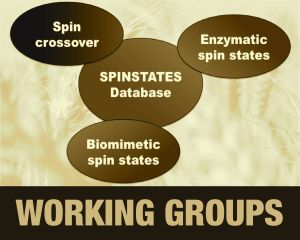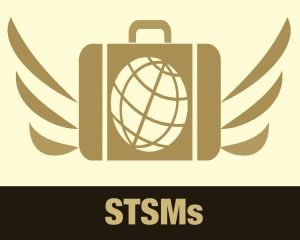Seventh paper from a Short-Term Scientific Mission (STSM) (February 3, 2016)
This work represents the first publication produced as a result of collaboration between the groups of Dr Samuel de Visser (The University of Manchester) and Prof. Tomasz Borowski (Jerzy Haber Institute of Catalysis and Surface Chemistry, Polish Academy of Sciences).
This review article gives a detailed overview of various QM/MM techniques and provides advice on how to set up and run such calculations. The explosive development of QM/MM modelling techniques has grown exponentially in recent years, pushing the frontier of the possible and opening new worlds of discovery for theoreticians. However, QM/MM is not a black-box method that is easy to apply, therefore, in this review we describe both the best practise and potential pitfalls associated with setting up and running a QM/MM model. The article makes clear that for a QM/MM study to produce meaningful results a very intensive set of initial set-up protocols must be followed ranging from creating the starting structure, adding both hydrogen atoms as well as water molecules into the system and running an extensive molecular dynamical simulation.
A focus is placed on both the benefits and potential drawbacks of different QM/MM techniques and critically all these protocols are compared to the pros and cons of cluster model methods. This review aims to be useful to both beginners and experienced theoreticians alike by highlighting the many common issues that are associated with these techniques at the same time as describing some of the most exciting new developments in this field. Finally the authors attempt to highlight the importance of combining both QM/MM and cluster model techniques with the use of recent case studies.
Our work was published in Chemistry - A European Journal.





















